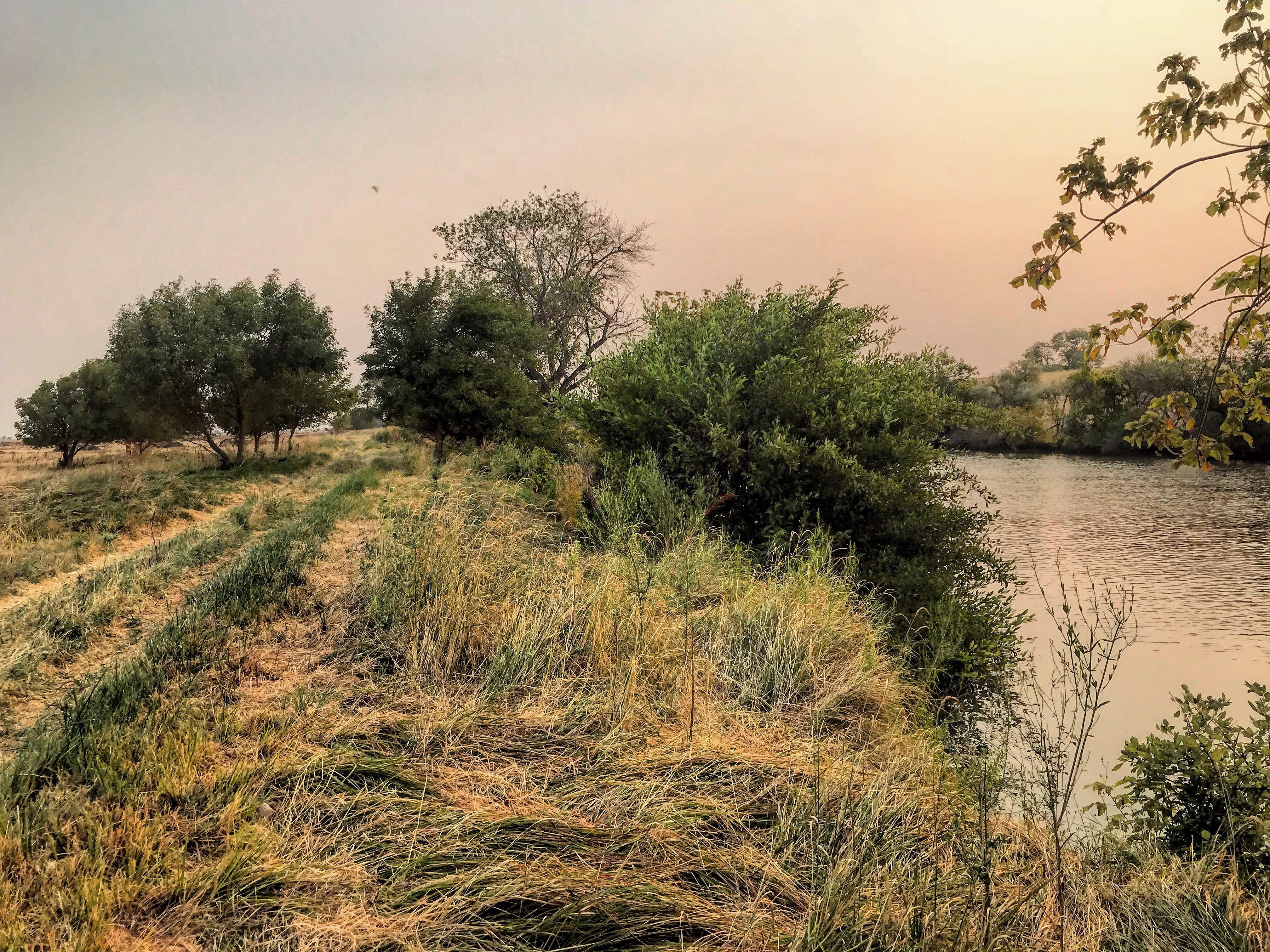
Last month, the U.S. EPA announced of its release of the New Clean Water Rule to rollback clean water protections for seasonal streams and many wetlands. These small waterways have a big impact: they help feed rivers, fill aquifers, filter runoff, reduce flooding, and provide critical habitat.
This disappointing announcement takes our nation backward by narrowing the definition of the “waters of the United States” and scaling back federal protections for critical waterways that are the foundation of our work. Congress first enacted the Clean Water Act to address the “accelerating environmental degradation of rivers, lakes, and streams” and public outcry as the Cuyahoga River caught fire on the banks of Cleveland, OH on multiple occasions due rampant industrial pollution. A significant provision and goal under the Clean Water Act is the prohibition of discharge “of any pollutant by any person” into the waters of the United States without the issuance of a permit. What waters qualify under the protections of the Clean Water Act, however, has sparked intense debate.
In 2015, the U.S. EPA and the U.S. Army Corps of Engineers adopted the Waters of the United States (WOTUS) rule to clear up longstanding confusion over which water bodies are protected under the Clean Water Act. In adopting this rule, the U.S. EPA recognized the connectivity of streams and wetlands to downstream waters and determined these waters are therefore entitled to protections under the Clean Water Act.
Last month’s announcement by the U.S. EPA undercuts the hydrologic realities of our nation’s waterways by proposing to limit federal protections only to streams that flow constantly, or those that only flow for weeks or months at a time, so long as the flows are predictable and continuous. This would mean the end of Clean Water Act protections for season-dependent streams and countless wetlands that lack a surface connection to “relatively permanent” waters – something we are seeing more of as the climate changes and prolonged periods of drought dry up aboveground connections.
Fortunately, the State Water Board just released its final draft Wetlands Definition (formerly “Wetlands Policy”) to strengthen protections for wetlands and small streams within California that would otherwise lose protections under Trump’s proposed rule. In releasing the draft Wetlands Definition, the State Water Board is acting to strengthen the protection of wetlands in California, which have historically relied on protections under the Clean Water Act to prevent being bulldozed or paved over. The release of this draft Wetlands Definition is an important, positive step to protect the quantity and quality of California’s wetlands, and is one of many actions the state of California is pursuing to protect its water and environmental resources.
While we’ve seen incredible improvements in water quality under the Clean Water Act over the past half-century, we’re also still seeing a steady flow of toxic pollutants in the water we drink, fish, and swim from stormwater runoff, industrial pollution, and agricultural discharges. We simply cannot afford to move backward and limit the protection of our nation’s water resources. Fortunately, California has demonstrated its commitment to resist federal rollbacks of keystone environmental laws to #ProtectCleanWater and #PreserveCA.

Policy Manager Kaitlyn Kalua represents CCKA and its member Waterkeepers in state regulatory and legislative forums to advance statewide water policy.



